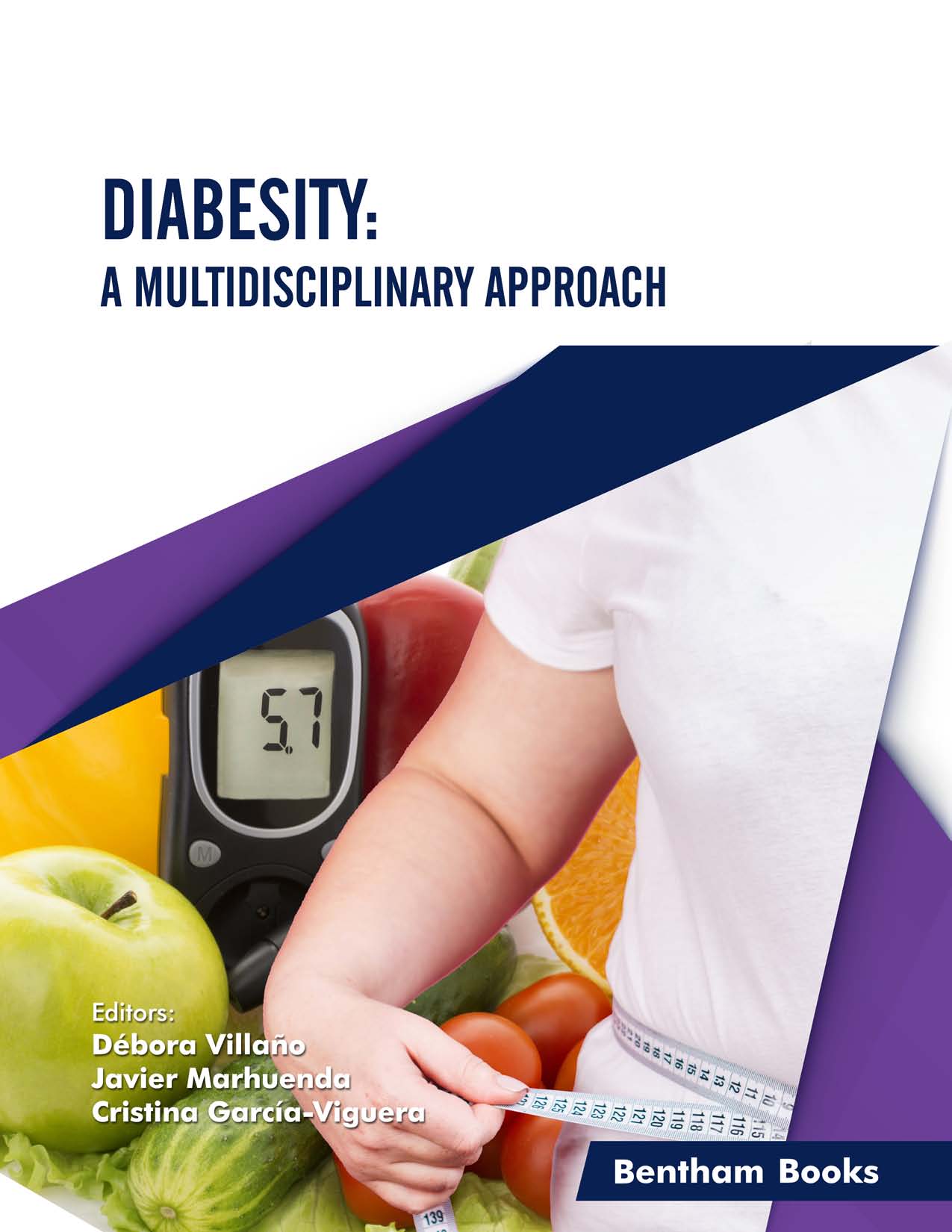Diabesity is a recently coined term that encompasses two closely related concepts, obesity and diabetes. It is currently a worldwide epidemic, both in industrialized and developing countries, with devastating consequences in terms of life, social and economic costs.
Strategies for the prevention and treatment of obesity and insulin resistance are mainly associated to lifestyle modifications, including healthy hypocaloric dietary treatments and the increase in physical activity.
The important role played by the acquisition of certain eating patterns from childhood onwards and how these are influenced by psychological factors in the adulthood is becoming evident. In this book, we will focus on the emotional mechanisms behind food choices and their importance for the acquisition of individual eating patterns.
Dietary interventions aim to reduce body weight and fat mass in order to reduce obesity and related pathologies as diabetes regarding insulin resistance. The dietary guidelines differ between countries and the book discusses them, highlighting their similarities and differences. In this context, the concept of sustainable diet has recently emerged, referring to those diets protective and respectful of ecosystems, safe and healthy, that optimize natural resources.
Moreover, meta-inflammation is among the mechanisms that link obesity and type 2 diabetes. It is characterized by a chronic, low-grade inflammation, with relatively high levels of pro-inflammatory cytokines as IL-6 or TNF-α, associated with a metabolic implication of adipose tissue. Regarding inflammation and its downregulation by dietary patterns, the Mediterranean Diet is characterized by low intake of meat (especially red meat), refined grains, and saturated fats, and is mainly based on the intake of whole cereals, legumes, fruit and vegetables, providing bioactive compounds able to modulate stress-response pathways, upregulating antioxidant enzymes.
The book also shows the potential of some medicinal plants with antidiabetic properties, as Helianthus tuberosus and Momordica charantia, rich in inulin and insulin-like peptides, respectively, which are responsible for their effect on glucose control. The main families of phytochemical compounds with a proven beneficial role against diabesity are described, including flavonoids, phenolic acids, xanthines, and triterpenes, among others. The combined consumption of all of them can enhance their action at different levels and this consumption occurs preferably through food, in reduced amounts over the years.
Moreover, the study of the microbiota is studied in another chapter. Obesity and type 2 diabetes are associated with changes in the intestinal microbiota (dysbiosis), leading to metabolic alterations in plasmatic lipids and glucose. In particular, changes in the Firmicutes to Bacterioidetes ratio have been considered as a marker for obesity complications, as well as the reduced diversity of microbiota populations. Gut microbiota is a novel target for the management of diabesity and dietary interventions are generally accompanied by changes in microbiota composition and metabolic improvements.
Management and study of factors involved in the physiopathology of Diabesity require the use of robust and sensitive techniques, including metabolomics, genomics and microbiome analysis. The latest advances in the techonologies and laboratory equipment are critically assessed. The last chapter summarizes the new strategies aimed to fight against Diabesity, from a holistic approach. This includes actions based on the latest research in psychology on the factors that influence food choices. New advances in the Pharmacology area are reviewed, as this approach becomes crucial when nutritional of physical activity regimes have failed.
We owe special thanks to all the authors for their valuable chapters that have made possible the publication of this book. We also thank the editorial staff of Bentham Science for their assistance and support.
Débora Villaño
Faculty of Health Sciences
Catholic University of Murcia, Avenida de los Jerónimos s/n
Guadalupe
Murcia 30107
Spain
Javier Marhuenda
Faculty of Health Sciences
Catholic University of Murcia, Avenida de los Jerónimos s/n
Guadalupe
Murcia 30107
Spain
Cristina García Viguera
CEBAS-CSIC, Campus Universitario Espinardo 25
Catholic University of Murcia, Avenida de los Jerónimos s/n
Murcia 30107
Spain

